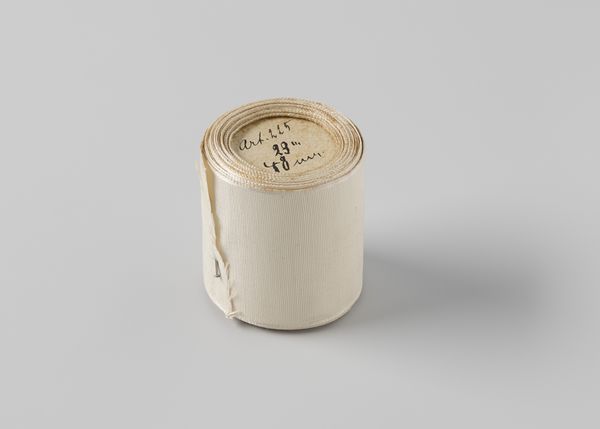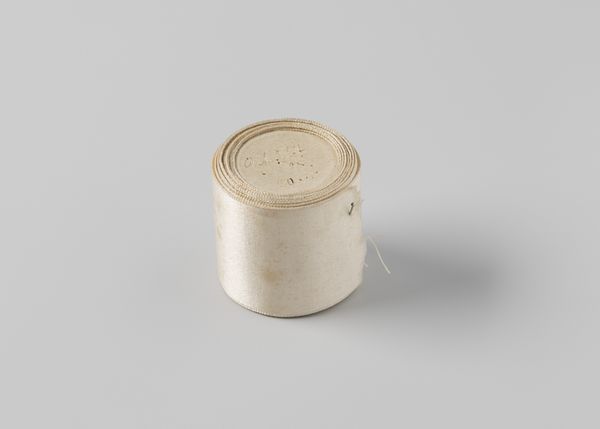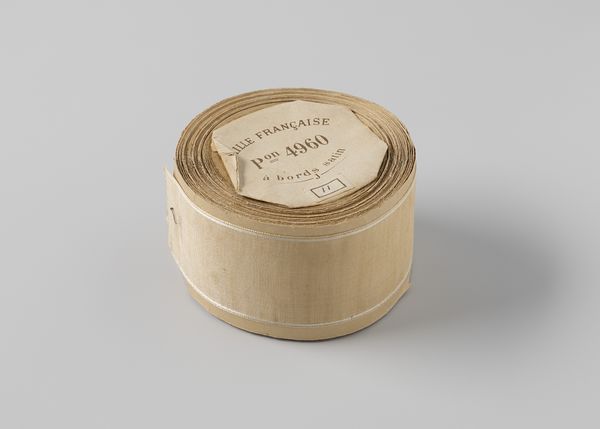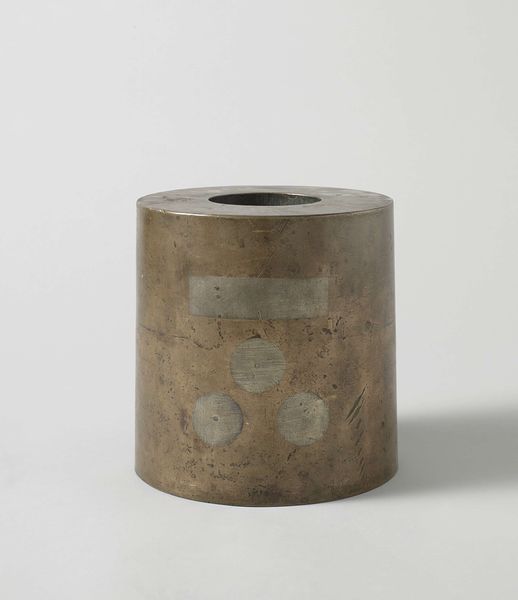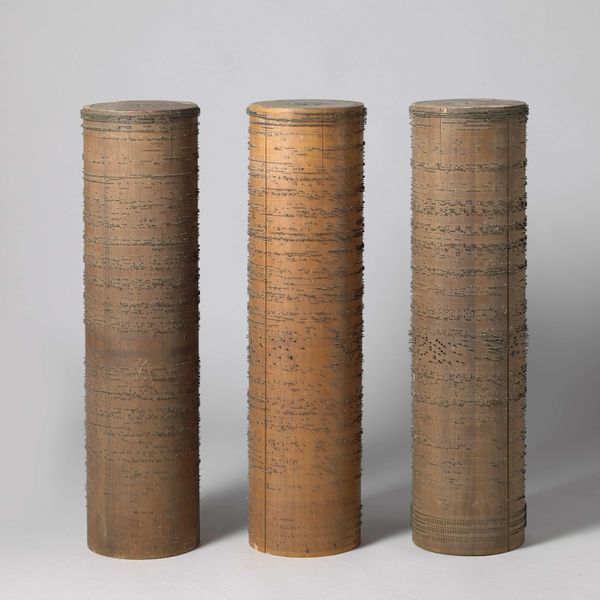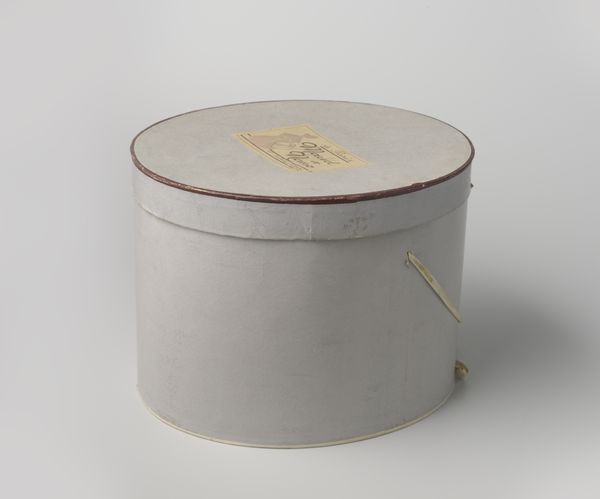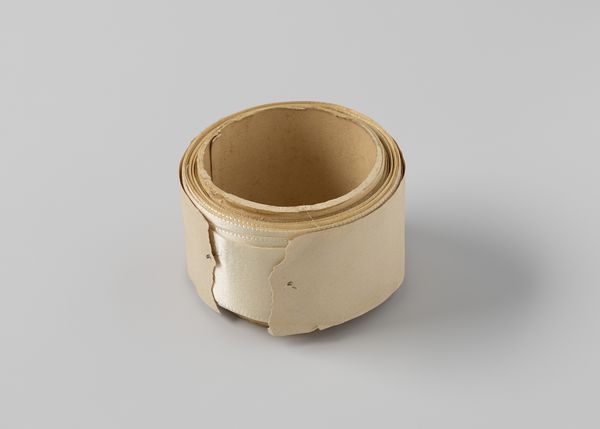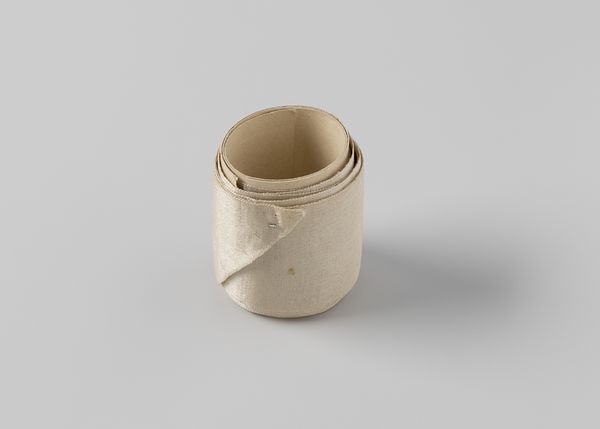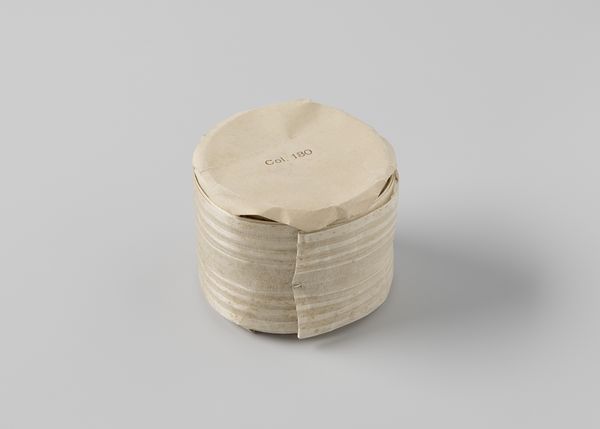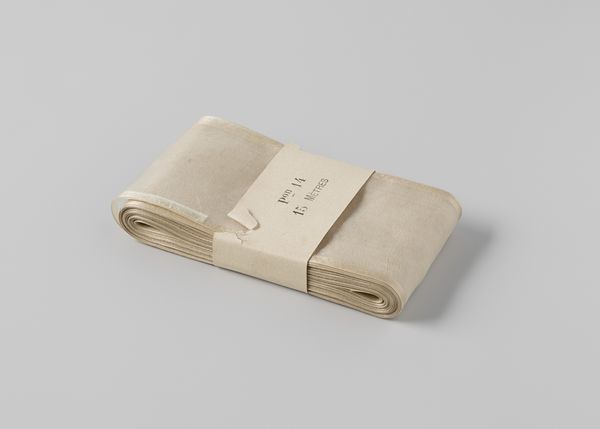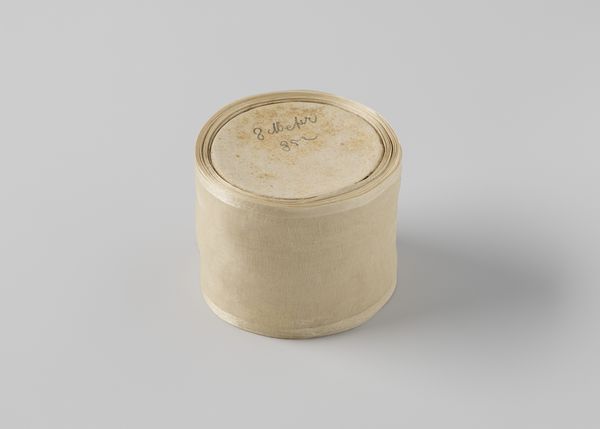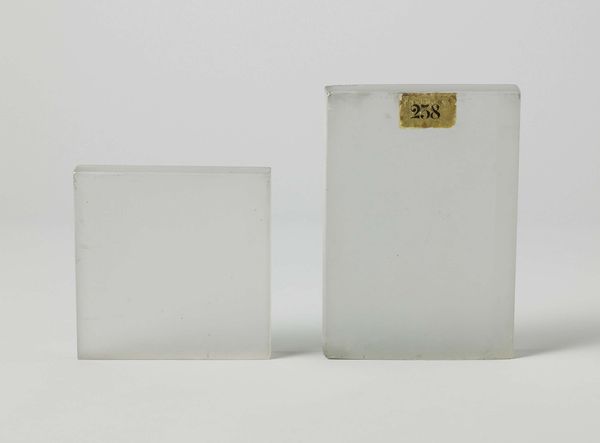
readymade, sculpture, installation-art
#
fluxus
#
conceptual-art
#
readymade
#
sculpture
#
installation-art
Copyright: National Gallery of Art: CC0 1.0
Editor: So, this is Joseph Beuys’ “Mirror Piece” from 1975. It includes a print of a rabbit scene, a cardboard canister with text, and a ceramic jar with what appears to be a mirror on it. It feels almost like a strange alchemy set. What’s your take on this seemingly random collection of objects? Curator: This work is far from random, though the connection may not be immediately apparent. Beuys was deeply interested in alchemy, yes, but also in the power of objects to trigger societal transformation and challenge entrenched power structures. What do you think the “mirror” signifies here? Editor: Well, maybe that the observer becomes part of the work, or is meant to reflect on it, perhaps? The mirror on the jar does seem like an overt invitation to reflect… literally. Curator: Exactly. But let’s dig deeper. Consider the rabbit. Beuys often used the figure of the hare to represent intuition, instinct, and a connection to the earth—qualities he felt were suppressed by modern, rational society. Then the cardboard canister is labeled Iodine mirror preparation; Iodine was considered to have energetic healing abilities and Beuys often incorporated alternative medicine into his work. How do you see the correlation? Editor: So, he’s juxtaposing modern society’s perceived rationality, represented by functional items like jars, with the "primitive" or intuitive nature of the rabbit and alternative medicine… all forcing us to question our reality through the mirror. The arrangement isn’t so random anymore, then! Curator: Precisely. The readymade elements become symbolic tools for interrogating established norms, urging us to see the world through a different lens, challenge societal structures and the very narratives they impose. Editor: I see. I had thought this work seemed kind of cryptic at first, but framing it this way helps reveal the intent behind it! Thanks. Curator: My pleasure. It's important to see beyond the surface and consider art's role in disrupting, questioning, and hopefully inspiring change.
Comments
No comments
Be the first to comment and join the conversation on the ultimate creative platform.
